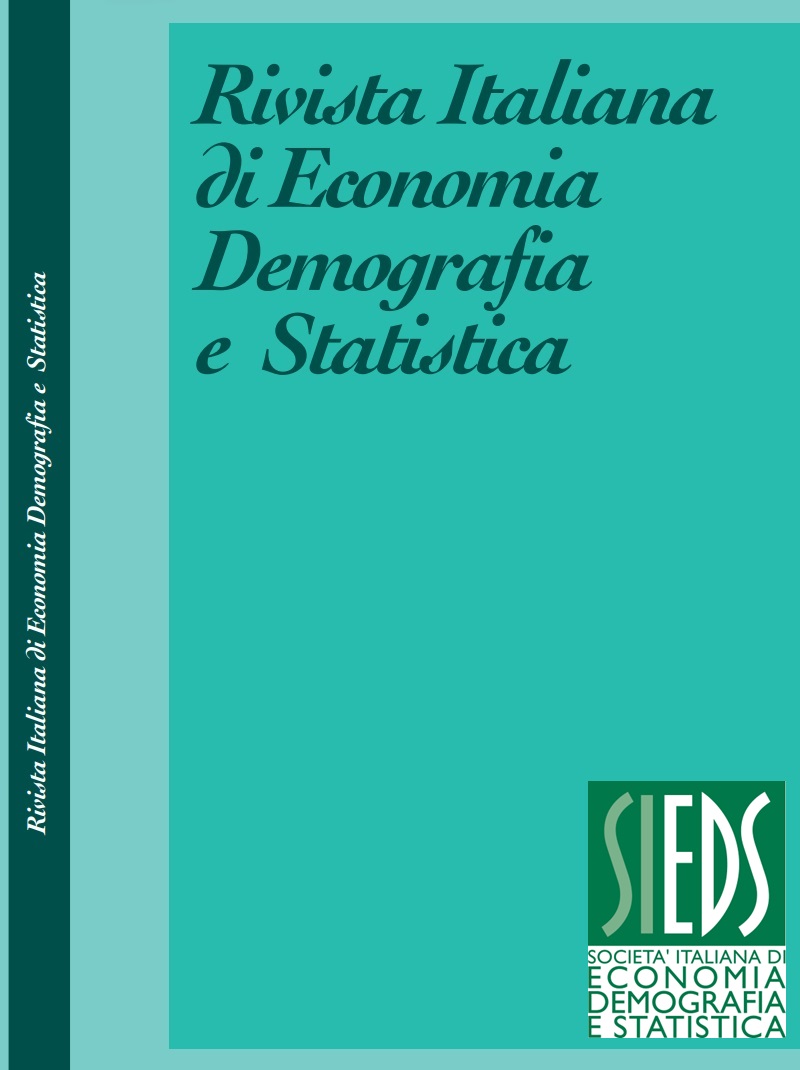The socioeconomic segregation in Italian metropolitan cities
Abstract
During the pandemic, the gap between center and periphery inequalities widened. Recent reports indicate a further deterioration in those areas where social marginality was already high, suggesting large differences between the center and the periphery. The Parliamentary Committee of Inquiry into the Peripheries, set up in 2016, has already put on the table the precarious security conditions and the state of deterioration of the cities and their suburbs, raising the possibility of a possible phenomenon of socioeconomic stratification at the local level which has contributed to generating different inequalities in educational levels. The analysis we are developing is part of the social economy. This type of framework focuses on social interactions, understood as the interdependencies between individuals where the preferences, beliefs, and constraints faced by a person are directly influenced by the characteristics and choices of others belonging to a set, intended as an environment in which social interactions take place, i.e., the neighborhood place where individuals live. The following study offers new empirical evidence regarding the phenomenon of socioeconomic stratification in Italy. Using the data of the Census (2011) of the main metropolitan cities of Northern and Southern Italy, we exploit the composition of the population of the neighborhoods (or census section) pre-covid to determine the residential segregation indices used to measure socioeconomic stratification. The results show that the gap between North and South is also relevant concerning this new component.
Downloads
Published
Issue
Section
License
Copyright (c) 2022 Giuseppe Cinquegrana, Giovanni Fosco

This work is licensed under a Creative Commons Attribution 4.0 International License.



